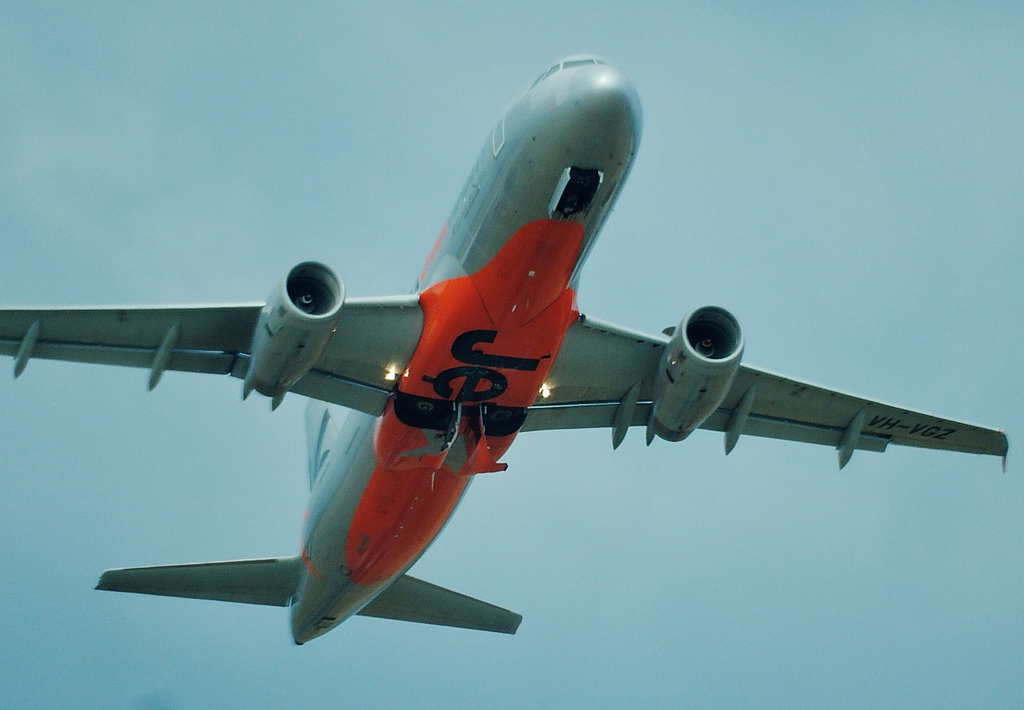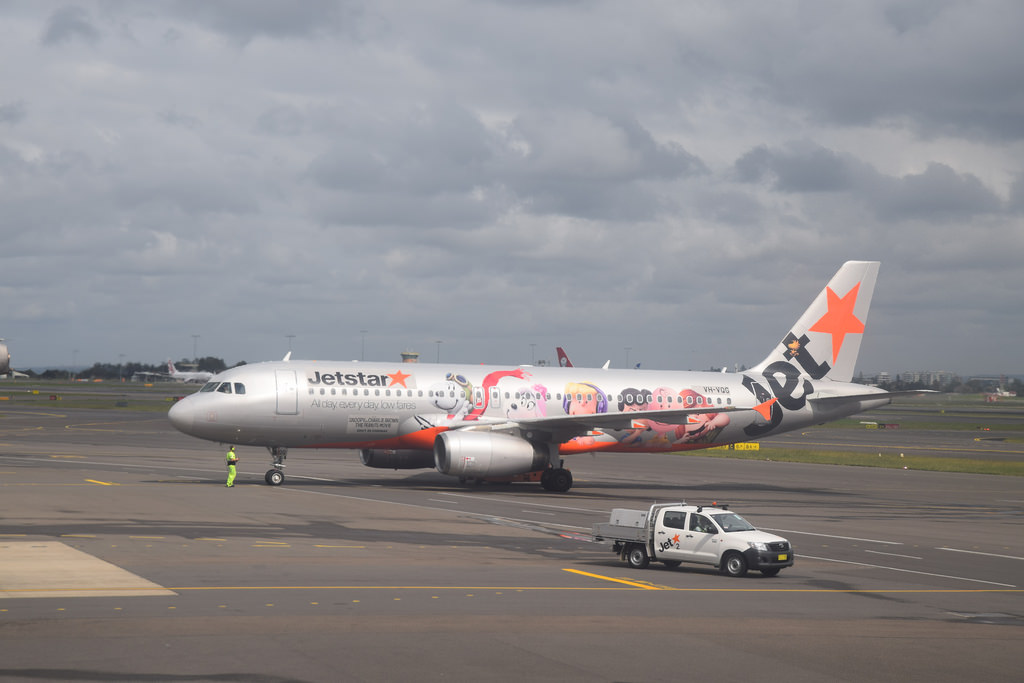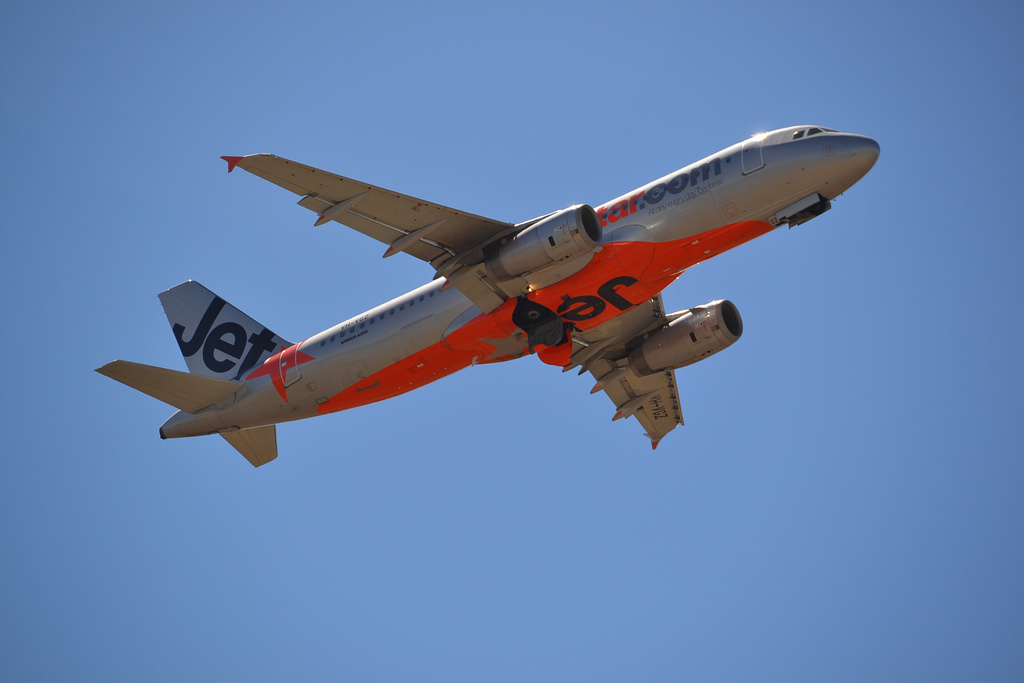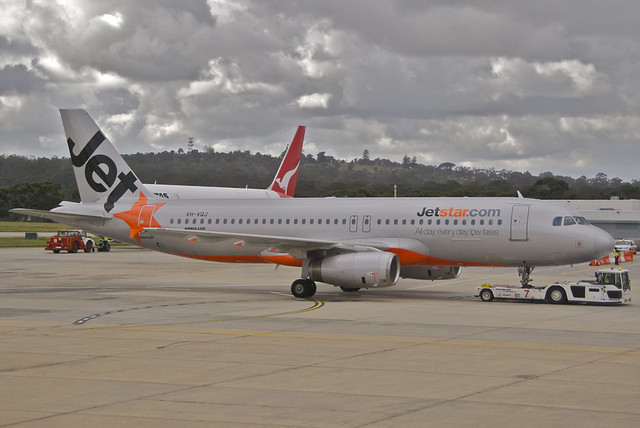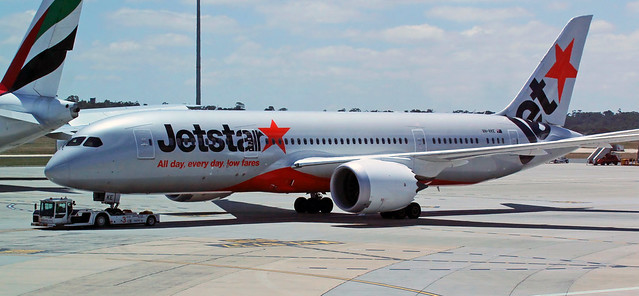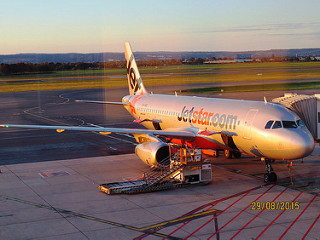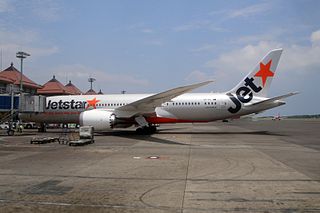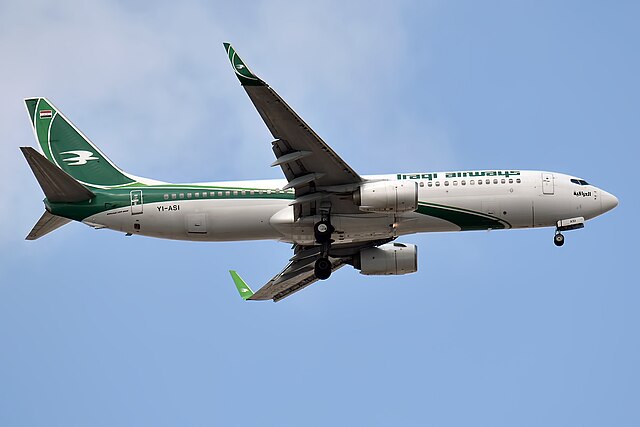Jetstar A320 at Sydney on Sep 20th 2018, thrust reversers did not deploy
Last Update: March 22, 2019 / 17:26:27 GMT/Zulu time
Incident Facts
Date of incident
Sep 20, 2018
Classification
Report
Airline
Jetstar Airways
Flight number
JQ-827
Departure
Brisbane, Australia
Destination
Sydney, Australia
Aircraft Registration
VH-VGZ
Aircraft Type
Airbus A320
ICAO Type Designator
A320
Australia's ATSB released their final report concluding the probable causes of the incident was:
- Deviation from the required maintenance procedures resulted in the aircraft being returned to service with the thrust reverser system inadvertently deactivated.
- Operational pressure to expedite the maintenance probably influenced the engineers’ decision to deviate from the written procedures.
The ATSB analysed:
Following non-operation of the thrust reversers during the landing roll, an engineering check revealed that the MEL lockout pins were installed in the hydraulic control units (HCU) resulting in deactivation of the thrust reverser system. The pins were installed as part of required maintenance action and unintentionally not removed prior to flight.
Although the AMM procedure did not require a functional check of the thrust reversers following reactivation, the operator’s task card did. The task card was a supplemental procedure to the AMM and it was a requirement that a licenced engineer sign and certify that each step was completed. The task card specifically noted the importance of conducting the post-maintenance checks as stand-alone tasks. Contrary to the written procedure, the engineers did not follow the task card sequentially and signed off the operational check based on testing that they had completed earlier in the day. While that action was probably motivated by the desire to expedite the aircraft’s return to service, if the engineers had completed the functional check in sequence, they would have discovered that the thrust reverser was still de-activated.
Although the required operational check of the thrust reverser would have prevented this incident, other maintenance actions hampered detection of the HCU lockout. Thrust reverser de-activation required the use of a lockout pin with a red flag attached to provide a visual indication that the HCU was de-activated. The MEL lockout pin that was actually fitted was designed for in service use and was much less visually obvious than the pin used during maintenance.
The replacement of the horizontal stabiliser actuator and change to the revenue flight departure time had a compounding effect on the maintenance schedule. The engineering team probably felt pressure to expedite the maintenance, working through meal breaks in an effort to achieve this. The engineers stated that they felt pressured to return all tools to the tooling crib so that the CC could complete the paperwork, and that this was an influential factor in their decision to use the MEL lockout pin.
The AMM thrust reverser de-activation procedure also required the use of specific warning labels in the cockpit, stating that ‘thrust reverser HCU is de-activated’. However, it was reportedly common practice to only use a generic maintenance warning notice. That action, in combination with use of the MEL lockout pins, removed opportunities to identify the status of the thrust reverser system during the final inspection, and before the aircraft was returned to service.
Incident Facts
Date of incident
Sep 20, 2018
Classification
Report
Airline
Jetstar Airways
Flight number
JQ-827
Departure
Brisbane, Australia
Destination
Sydney, Australia
Aircraft Registration
VH-VGZ
Aircraft Type
Airbus A320
ICAO Type Designator
A320
This article is published under license from Avherald.com. © of text by Avherald.com.
Article source
You can read 2 more free articles without a subscription.
Subscribe now and continue reading without any limits!
Read unlimited articles and receive our daily update briefing. Gain better insights into what is happening in commercial aviation safety.
Send tip
Support AeroInside by sending a small tip amount.
Related articles
Jetstar A320 at Melbourne on Mar 16th 2024, rejected takeoff due to open communication hatch
A Jetstar Airbus A320-200, registration VH-VQJ performing flight JQ-739 from Melbourne,VI to Launceston,TA (Australia), was accelerating for takeoff…
Jetstar B788 near Guam on Sep 13th 2023, cracked windshield
A Jetstar Boeing 787-8, registration VH-VKE performing flight JQ-26 from Tokyo Narita (Japan) to Cairns,QL (Australia) with 220 people on board, was…
Jetstar A320 at Brisbane on May 23rd 2023, chemical smell on board
A Jetstar Airbus A320-200, registration VH-XNP performing flight JQ-904 from Brisbane,QL to Townsville,QL (Australia), was climbing out of Brisbane…
Jetstar A320 at Adelaide on Mar 24th 2023, hydraulic problem
A Jetstar Airbus A320-200, registration VH-VGU performing flight JQ-681 from Adelaide,SA to Hobart,TA (Australia), was enroute at FL350 about 170nm…
Jetstar B788 at ;Melbourne and Coolangatta on May 7th 2022, lightning strikes
A Jetstar Boeing 787-8, registration VH-VKL performing flight JQ-444 from Melbourne,VI to Coolangatta,QL (Australia), departed Melbourne's runway 34,…
Newest articles
Link SF34 at Canberra on Nov 10th 2022, propeller strap penetrates cabin in flight
A Link Airways Saab 340B on behalf of Virgin Australia, registration VH-VEQ performing flight VA-633 from Canberra,AC to Sydney,NS (Australia), was…
Iraqi B738 at Tehran on May 1st 2024, landed on closed runway
An Iraqi Airways Boeing 737-800, registration YI-ASI performing flight IA-113 from Najaf (Iraq) to Tehran Imam Khomeini (Iran), was cleared to land…
Subscribe today
Are you researching aviation incidents? Get access to AeroInside Insights, unlimited read access and receive the daily newsletter.
Pick your plan and subscribePartner

A new way to document and demonstrate airworthiness compliance and aircraft value. Find out more.

ELITE Simulation Solutions is a leading global provider of Flight Simulation Training Devices, IFR training software as well as flight controls and related services. Find out more.

Your regulation partner, specialists in aviation safety and compliance; providing training, auditing, and consultancy services. Find out more.
AeroInside Blog
Popular aircraft
Airbus A320Boeing 737-800
Boeing 737-800 MAX
Popular airlines
American AirlinesUnited
Delta
Air Canada
Lufthansa
British Airways
